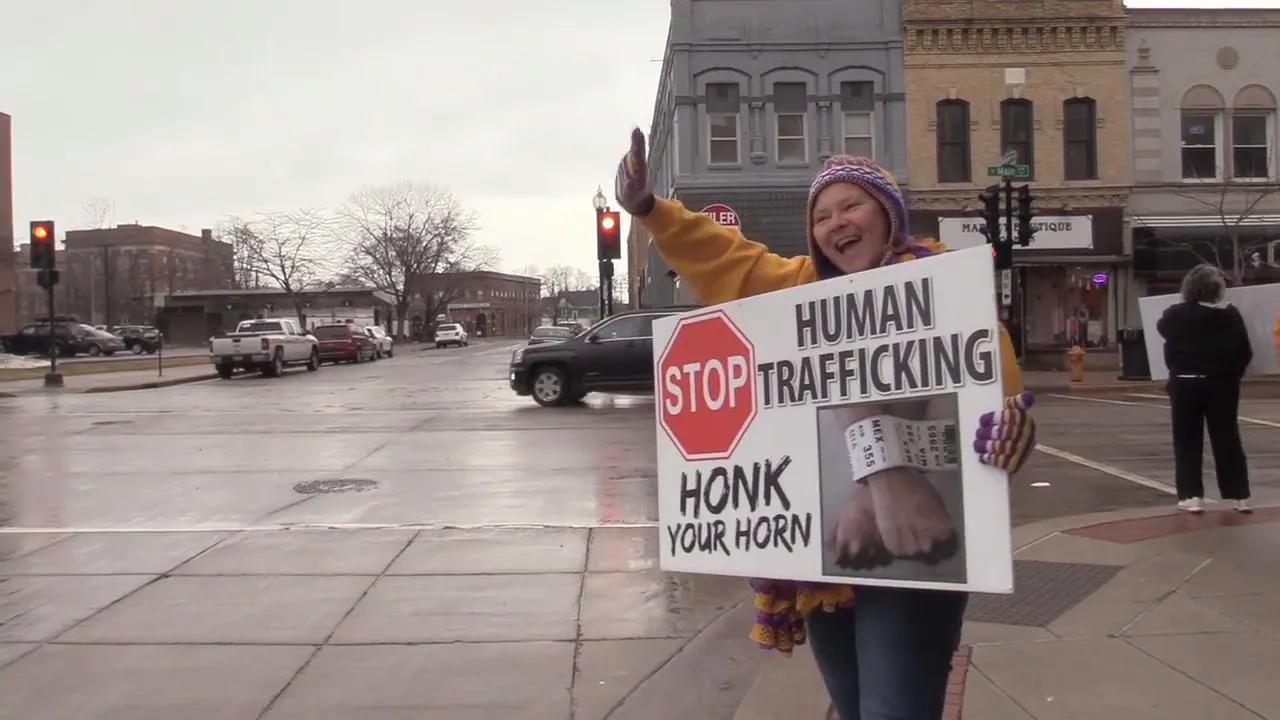
NGOCSTIP – Raising Awareness Against Human Trafficking plays a critical role in prevention. Education helps communities recognize trafficking risks early. Schools, media, and local groups join forces in this effort. These initiatives aim to inform vulnerable populations and empower them. By spreading knowledge, prevention becomes more effective and sustainable. Early education creates lifelong awareness and resilience against exploitation. Communities grow stronger when informed and proactive about trafficking dangers. Awareness campaigns help break the cycle of trafficking globally.
Schools provide an ideal platform for early prevention efforts. Students learn about human trafficking through age-appropriate lessons. Curriculum integrates topics like consent, safety, and digital risks. Teachers receive specialized training to handle sensitive subjects carefully. School programs also encourage students to speak out and seek help. Peer-to-peer education promotes open discussions and reduces stigma. Parents and educators collaborate to reinforce key prevention messages. This approach nurtures a supportive environment for vulnerable youth.
“Read about: Economic Empowerment: Reducing Trafficking Through Sustainable Income”
Media outlets amplify anti-trafficking messages to wider audiences. Television, radio, and social media raise public consciousness effectively. Documentaries and news reports highlight trafficking realities and survivor stories. Campaigns use visual storytelling to engage viewers emotionally. Influencers and celebrities contribute by sharing awareness content online. Interactive platforms encourage community participation and reporting. Media coverage pressures policymakers to strengthen anti-trafficking laws. Overall, media sustains momentum for global trafficking prevention.
Local communities are essential in spreading prevention awareness. Grassroots organizations tailor campaigns to cultural and regional needs. They conduct workshops, street events, and outreach programs regularly. Survivors often lead educational sessions, sharing lived experiences. Community leaders promote vigilance and support for at-risk individuals. Volunteer networks distribute materials and provide crisis assistance. Collaboration with law enforcement enhances early intervention. These localized efforts increase trust and impact within communities.
Despite progress, challenges still exist in prevention education. For example, some regions face resistance due to cultural taboos or misinformation. Additionally, limited resources hinder the reach and frequency of campaigns. Moreover, language barriers complicate message delivery in diverse populations. Therefore, maintaining engagement requires innovative and relevant content. Furthermore, evaluating program effectiveness demands ongoing research and feedback. However, coordination between different organizations sometimes lacks consistency. Thus, overcoming these barriers is vital for long-term prevention success. Overall, continued efforts and collaboration remain essential.
“Read more: Phoenix Joins the Table: Exclusive Chef-Led Dinners Begin This June”
Technology offers new tools for trafficking education and prevention. Mobile apps and online courses provide accessible learning opportunities. Virtual reality immerses users in survivor stories, increasing empathy. Data analytics help target high-risk areas with tailored campaigns. Partnerships between governments, NGOs, and tech firms drive innovation. Expanding funding supports broader and sustained education programs. Youth involvement in creating content boosts relevance and impact. These advancements promise stronger prevention efforts worldwide.